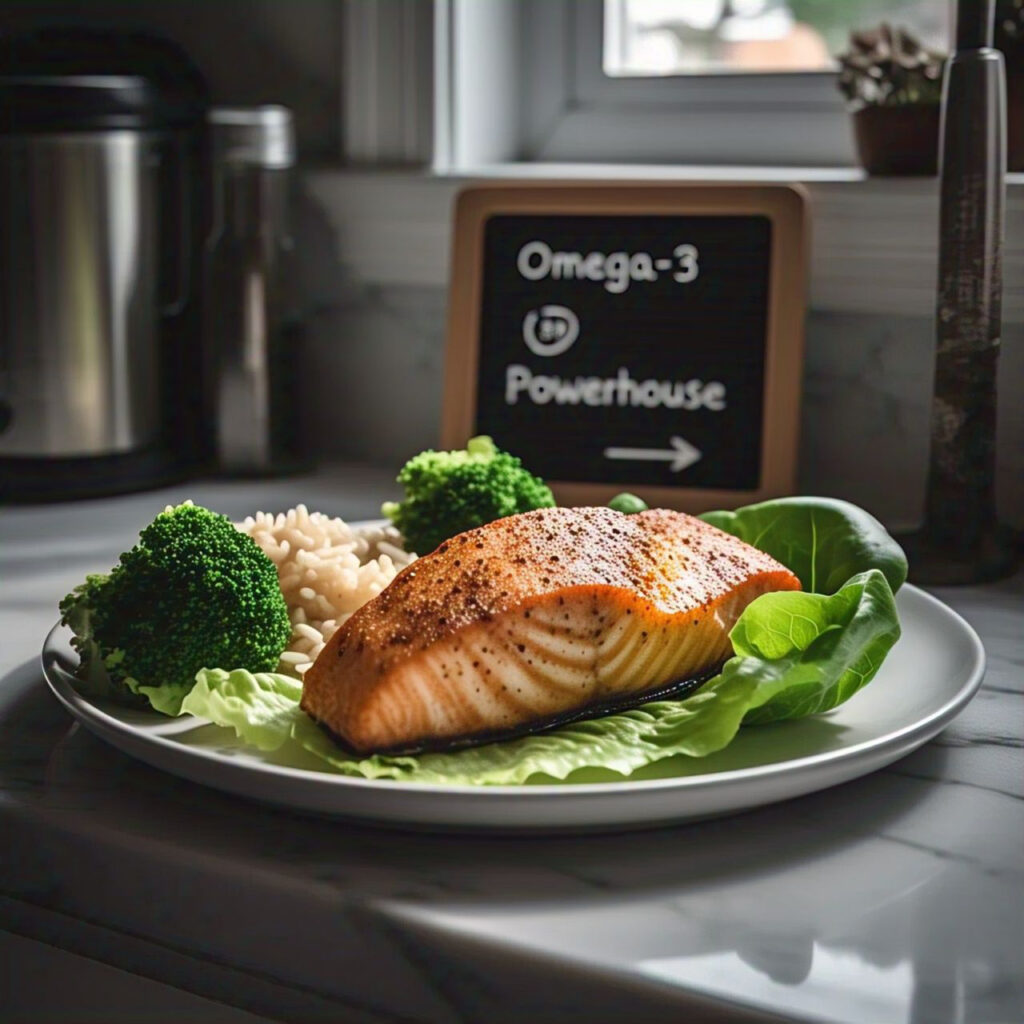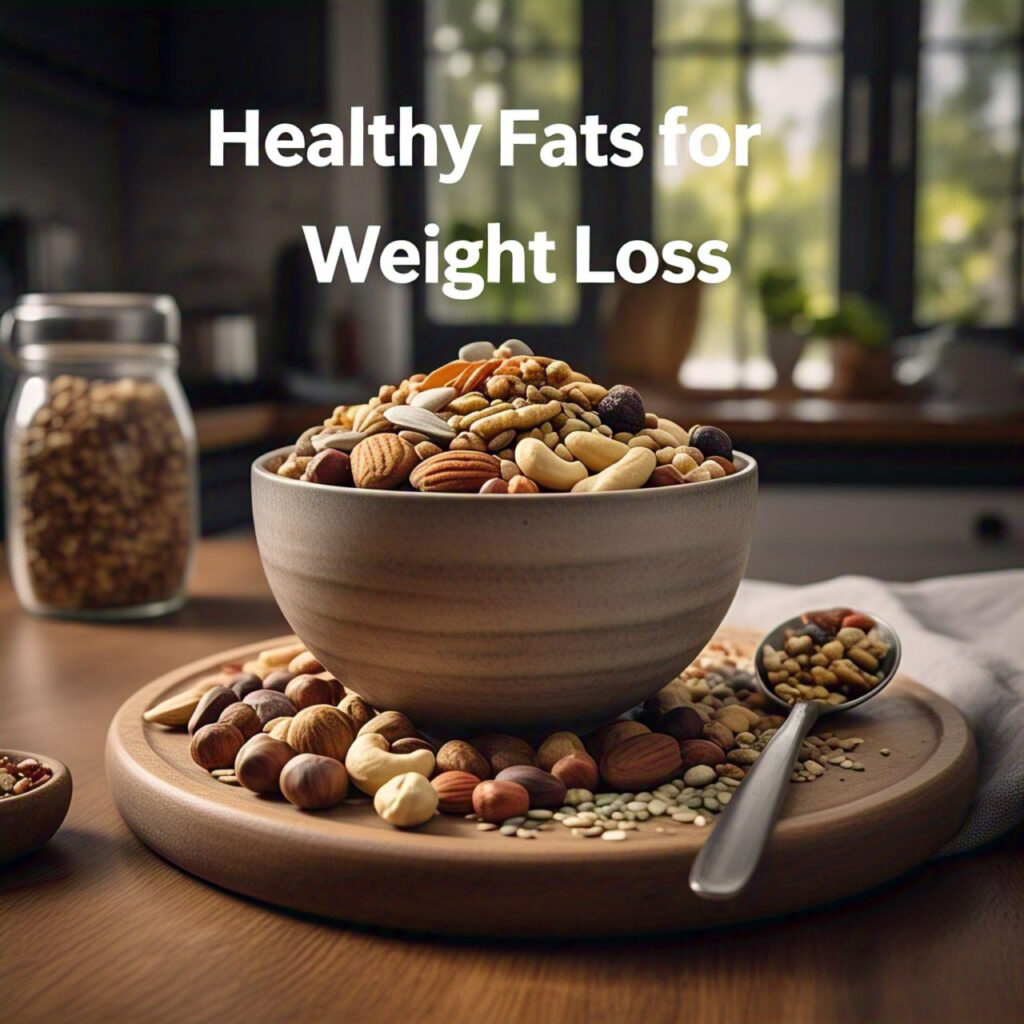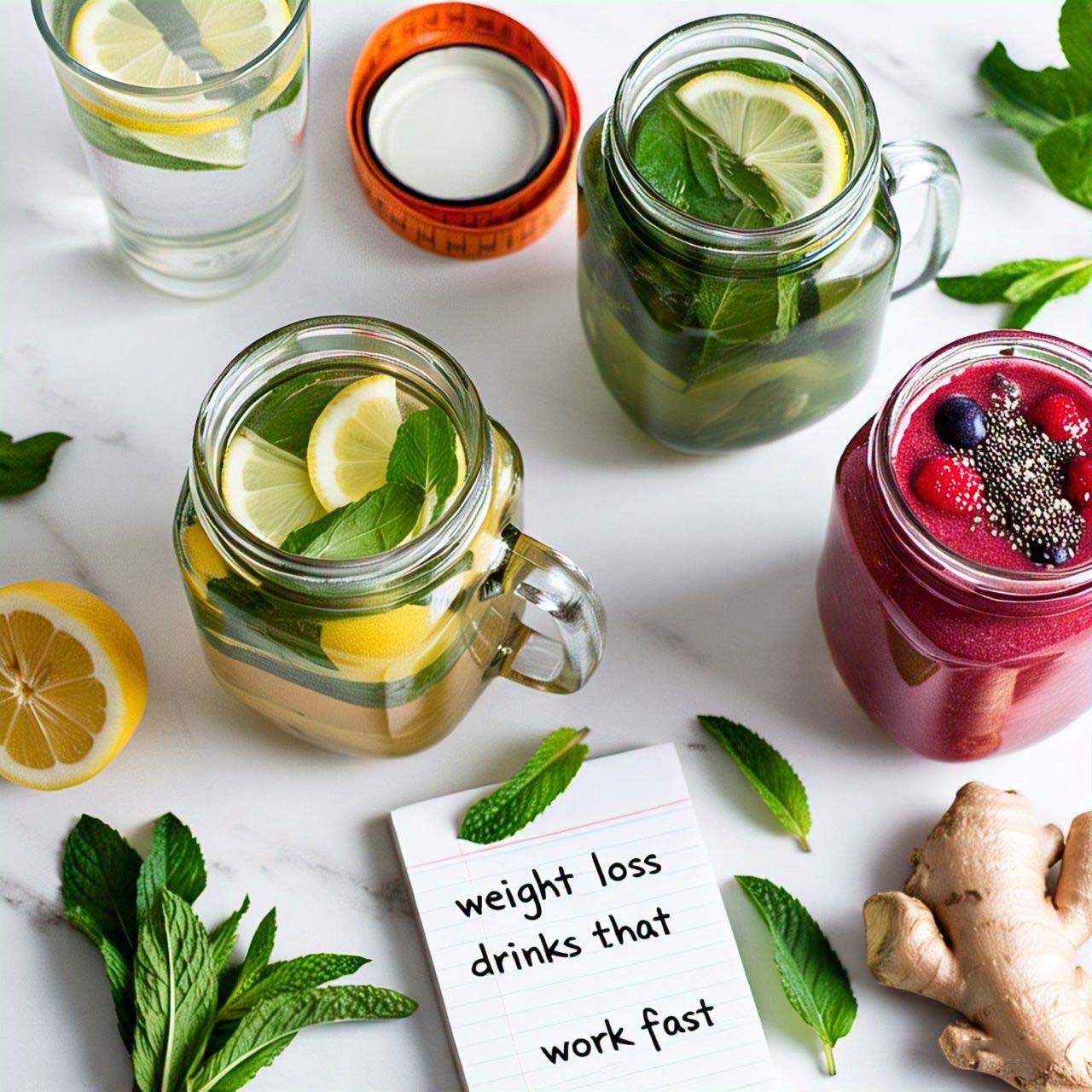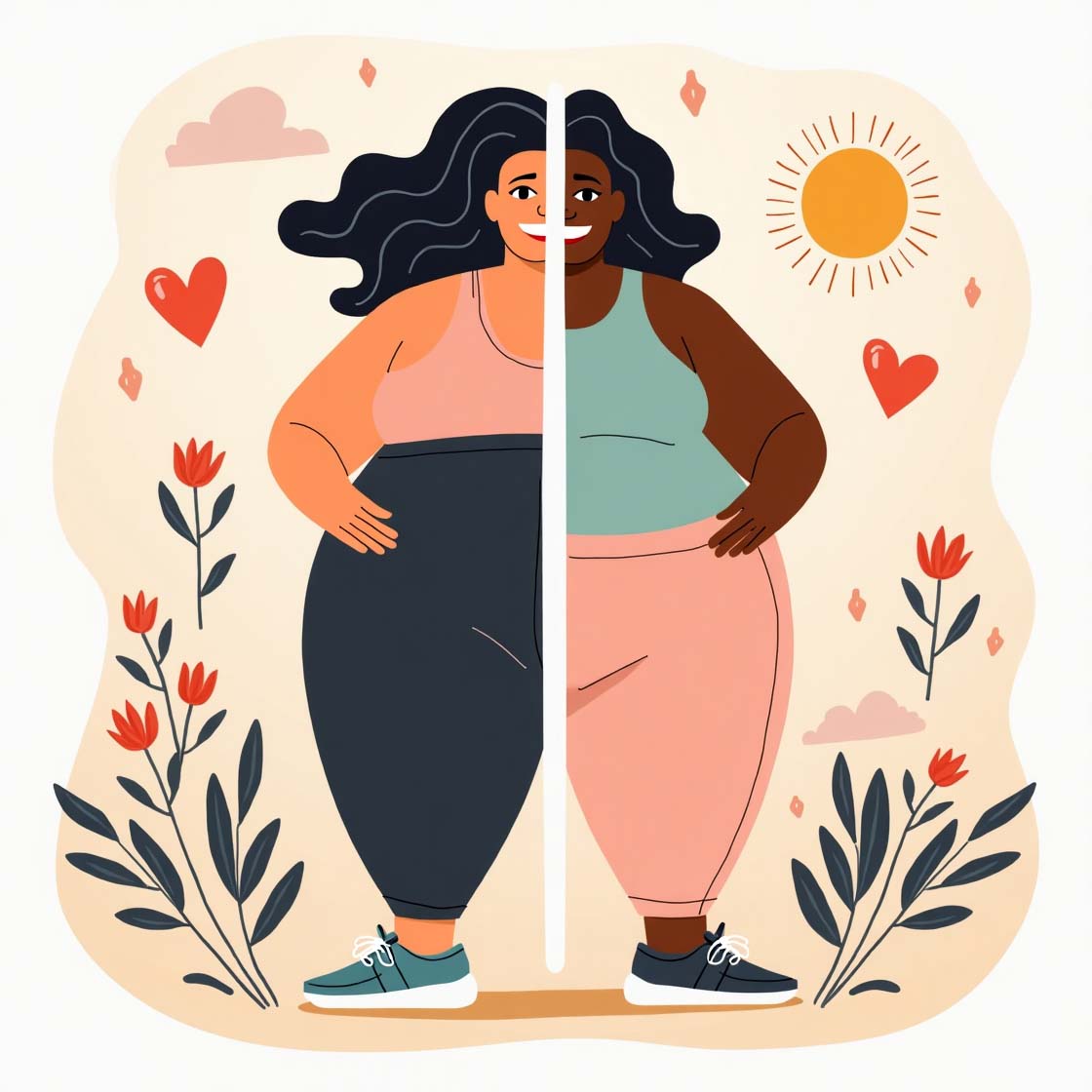If you’re serious about sustainable weight management, what you eat matters as much as how much you eat. This guide pulls together practical tips, a mini case study, and evidence from the World Health Organization (WHO) and Harvard T.H. Chan School of Public Health to help you choose the Best Foods to Eat for Fat Loss without fad diets, complicated rules, or giving up the joy of food.
Why Food Quality Drives Fat Loss (Not Just Calories)
A calorie deficit is necessary for fat loss, but how you create that deficit determines whether you feel full, preserve muscle, support hormones, and stick with the plan. Diets higher in fiber, lean protein, and minimally processed foods naturally curb hunger, stabilize blood sugar, and lower the urge to snack.
- WHO guidance emphasizes eating plenty of vegetables, fruits, legumes, nuts, and whole grains, limiting free sugars and saturated fats, and avoiding trans fats. It also recommends limiting sodium and ultra-processed foods for better cardiometabolic health—vital when you’re losing fat.
- Harvard research shows that food quality matters for weight regulation: higher intake of vegetables, fruits, nuts, yogurt, and whole grains is linked with less long-term weight gain, while refined grains, sugary beverages, and processed meats correlate with more weight gain over time.
Bottom line: Choosing high-quality foods is the most effortless way to stay in a calorie deficit without constant hunger.
The Best Foods to Eat for Fat Loss: The Master List
1) Lean Protein Sources (Build & Protect Muscle)
Why they help: Protein increases satiety and has the highest thermic effect (your body burns more calories digesting it). Protecting lean mass keeps your metabolism steadier as you lose fat.
Top picks
- Chicken or turkey breast (skinless), egg whites + whole eggs, fish (salmon, sardines, cod, tuna)
- Greek or skyr yogurt, cottage cheese, low-fat paneer
- Tofu, tempeh, edamame, lentils, beans, chickpeas
Harvard lens: Swapping red/processed meats for plant proteins (beans, soy, lentils) or fish is associated with healthier weight trajectories and better cardiometabolic risk profiles.
Quick target: 1.2–1.6 g protein per kg body weight daily during fat loss (e.g., 84–112 g for a 70-kg person), split across meals.
2) High-Fiber Carbohydrates (Fullness Without Spikes)
Why they help: Fiber slows digestion, blunts blood sugar spikes, and feeds a healthy gut microbiome—key for appetite and inflammation control.
Top picks
- Whole grains: oats, steel-cut oats, barley, quinoa, brown or red rice, whole-wheat roti/pasta
- Legumes: lentils (masoor, moong), chickpeas, kidney beans, black beans
- Vegetables & fruits: leafy greens, crucifers (broccoli, cauliflower), berries, apples, pears
WHO perspective: Aim for ≥400 g/day of fruits and vegetables and at least 25 g/day of fiber; more is better for satiety and metabolic health.
Portion cue: ¼ of your plate as high-fiber carbs (or ½ plate when the other half is mostly non-starchy vegetables).
3) Non-Starchy Vegetables (Volume Eating, Minimal Calories)
Why they help: They add volume to meals with very few calories, plus micronutrients and polyphenols that support metabolic and gut health.
Top picks
- Leafy greens, cucumbers, tomatoes, zucchini, mushrooms, peppers, asparagus
- Crucifers: broccoli, cabbage, Brussels sprouts, cauliflower
Strategy: Make ½ your plate non-starchy vegetables at lunch and dinner. Roast, grill, sauté, or air-fry with a teaspoon of olive oil, garlic, and herbs.

4) Healthy Fats (Satiety & Hormone Support)
Why they help: Dietary fat supports absorption of fat-soluble vitamins and keeps you satisfied—crucial for sticking to your plan.
Top picks
- Olive oil, avocado, nuts (almonds, walnuts, pistachios), seeds (chia, flax, pumpkin)
- Fatty fish (salmon, mackerel, sardines) for omega-3s
Harvard insight: Regular nut intake is associated with less long-term weight gain, likely because nuts enhance satiety and replace lower-quality snacks. Portion control still matters (a small handful is typically enough).
5) Fermented & Probiotic-Rich Foods (Gut–Brain Appetite Link)
Why they help: A healthier microbiome may improve insulin sensitivity and appetite signaling.
Top picks
- Yogurt (especially Greek or skyr), kefir, lassi (unsweetened), kimchi, sauerkraut, miso, tempeh
Tip: Choose unsweetened products to avoid hidden sugars.
6) Low-Calorie, High-Protein Snacks (Craving Control)
Why they help: Smart snacks prevent bingeing later.
Top picks
- Greek yogurt + berries
- Cottage cheese + cucumber
- A small handful of nuts + an apple
- Roasted chickpeas or edamame
- Protein smoothie (protein powder, spinach, frozen berries, water or unsweetened almond milk)
Foods to Limit (They Fight Your Results)
- Sugary drinks & juices: Provide calories with low satiety; Harvard cohorts link them to weight gain.
- Refined grains: White bread, regular pasta, pastries—easy to overeat.
- Ultra-processed snacks: Chips, candies, packaged desserts—engineered for overeating.
- Processed meats & high-sodium foods: WHO encourages limiting sodium and avoiding trans fats; processed meats also track with weight gain and cardiometabolic risk.
Your Plate, Simplified (Harvard-Style)
Use the Healthy Eating Plate pattern as a visual template:
- ½ plate: Non-starchy vegetables & some fruit
- ¼ plate: Whole-grain or legume carbohydrate
- ¼ plate: Lean protein
- Add: Healthy fats (olive oil, nuts, seeds)
- Drink: Water, sparkling water, plain tea/coffee (skip sugar)
This format makes it easy to assemble meals that keep calories controlled and hunger low.
WHO & Harvard Research—What It Means for Fat Loss
- WHO dietary guidance recommends limiting free sugars to <10% of energy (ideally <5%), keeping sodium <2 g/day (≈5 g salt), avoiding trans fats, and prioritizing whole, minimally processed foods, fruits/vegetables, and whole grains. These habits reduce the risk of obesity and non-communicable diseases and naturally support fat loss.
- Harvard research highlights that food quality is a strong predictor of weight change. Diets with more whole foods (vegetables, fruits, nuts, yogurt, whole grains) and fewer refined carbs, sugary drinks, and processed meats are associated with better weight control and metabolic health over time. Replacing refined carbs with whole grains and replacing red/processed meats with plant proteins or fish favorably impacts weight and cardiometabolic risk.
Practical takeaway: You don’t need a strict “diet.” You need a consistent pattern anchored in high-protein, high-fiber, minimally processed foods.
Sample 1-Day Fat-Loss Menu (≈1,800 kcal as a template)
Adjust portion sizes up or down to match your needs; the structure is what matters.
Breakfast
- Greek yogurt bowl (1 cup Greek yogurt, ½ cup mixed berries, 1 tbsp chia seeds)
- 1 slice whole-grain toast + 1 boiled egg
- Black coffee or green tea
Lunch
- Plate half with mixed salad (greens, cucumbers, tomatoes, bell peppers) + lemon-olive oil dressing
- ¼ plate quinoa (¾ cup cooked)
- ¼ plate grilled chicken breast (120–150 g)
- Sparkling water with lime
Snack
- Apple + 10–12 almonds
Dinner
- Baked salmon (120–150 g) with herbs
- Roasted cauliflower and broccoli (big portion)
- Small sweet potato (or ½ cup brown rice)
Evening option (if needed)
- Cottage cheese (½ cup) or a protein shake with water
This day hits lean protein, fiber, healthy fats, and low-energy-dense vegetables—the pillars of the Best Foods to Eat for Fat Loss approach.
Case Study: Eight Weeks to Noticeable Fat Loss (Evidence-Informed)
Subject: Ayesha, 31, office-based, 70 kg, 162 cm (BMI ~26.7), goal: improve body composition and energy.
Plan Highlights
- Protein target: ~100 g/day (≈1.4 g/kg) from chicken, fish, Greek yogurt, tofu, and legumes.
- Fiber target: 30–35 g/day via oats, berries, legumes, vegetables.
- Plate model: ½ non-starchy veg, ¼ lean protein, ¼ whole-grain/legume carbs.
- Snacks: Greek yogurt + fruit, nuts, roasted chickpeas.
- Drinks: Water, unsweetened tea/coffee; eliminated sugary beverages.
- WHO-aligned limits: Sodium reduction (cooking with herbs/spices), <10% energy from free sugars, avoided trans fats.
- Activity (WHO-aligned): 150–300 min/week moderate activity (brisk walking), plus two resistance sessions (20–30 min each).
Results (8 Weeks)
- Weight: −4.2 kg (70 → 65.8 kg)
- Waist circumference: −6 cm
- Energy & satiety: Reported fewer 4 p.m. cravings and better focus.
- Adherence: High—no food group was banned; meals felt “normal” and family-friendly.
What Drove Success
- Prioritizing lean protein at every meal to curb hunger.
- Swapping refined grains for whole grains and legumes.
- Filling ½ plate with vegetables at lunch and dinner.
- Replacing sugary drinks with water and tea.
- Small but consistent activity meeting WHO minimums.
This fictionalized, evidence-informed case mirrors what Harvard and WHO frameworks predict: when food quality improves and activity meets guidelines, fat loss becomes more consistent and sustainable.

Smart Cooking & Shopping Tips
Build a “Fat-Loss Pantry”
- Proteins: Canned tuna/salmon, eggs, Greek yogurt, cottage cheese, tofu, tempeh, dry lentils/beans
- Carbs: Oats, quinoa, brown rice, barley, whole-grain pasta, whole-grain bread/roti flour
- Fats: Extra virgin olive oil, nuts, seeds, nut butters
- Vegetables/Fruit: Frozen mixed vegetables, frozen berries, canned tomatoes (no added sugar), fresh greens
- Flavors: Garlic, ginger, chilies, spices (turmeric, cumin, paprika), lemon/lime, vinegar
Meal-Prep Shortcuts
- Batch-cook grains (quinoa, brown rice) and legumes.
- Roast large trays of vegetables twice a week.
- Grill or bake chicken/fish/tofu in bulk.
- Pre-portion nuts into small bags to prevent mindless overeating.
Low-Effort Fat-Loss Meals
- High-protein bowls: Quinoa + grilled chicken + chickpeas + roasted veg + yogurt-tahini.
- Veggie omelet + toast: Eggs or egg whites with spinach, mushrooms, tomatoes; 1 slice whole-grain toast.
- Legume soups: Lentil soup with a side salad and olive oil dressing.
- Stir-fry: Tofu or shrimp + mixed veggies + garlic/ginger/soy; serve over cauliflower rice or ½ cup brown rice.
Behavior Tweaks That Multiply Results
- Front-load protein: 25–35 g at breakfast reduces late-day snacking.
- Eat vegetables first: In mixed meals, start with salad/veg to boost fullness.
- Use smaller plates & bowls: Subtle nudge to control portions.
- Mind your liquids: Calories from drinks often go unnoticed; prefer water/unsweetened beverages.
- Sleep & stress: Short sleep and chronic stress increase hunger hormones and cravings. Aim for 7–9 hours and use simple stress-management (walks, breathing, journaling).
Putting It Together: A Weekly Template
Mon–Fri
- Breakfast: Protein + fiber (e.g., Greek yogurt + oats + berries; or veggie omelet + toast).
- Lunch: Plate model (½ veg, ¼ protein, ¼ whole grain/legume).
- Snack: Fruit + nuts or yogurt.
- Dinner: Protein + big veg + small whole-grain/legume serving.
- Drinks: Water, tea/coffee (no sugar).
Sat–Sun
- Keep the same structure but allow one planned treat (dessert or special meal). Eat it mindfully, not as an all-day “cheat.” Your overall pattern matters most.
FAQs: Best Foods to Eat for Fat Loss
1) Do I have to avoid carbs to lose fat?
No. Choose high-fiber carbs (oats, quinoa, legumes, fruit). These support fullness and stable energy. Refined carbs are the ones to limit.
2) What’s the best dinner for fat loss?
A protein + vegetables + small whole-grain/legume combo, e.g., salmon + roasted broccoli + ½ cup quinoa. It’s satisfying, nutrient-dense, and portion-controlled.
3) Are nuts okay when trying to lose fat?
Yes—portion-controlled. Nuts support satiety and are linked (in Harvard cohorts) to less long-term weight gain. A small handful is enough.
4) How much protein do I need?
Aim for 1.2–1.6 g/kg/day during fat loss. Split across 3–4 meals for best appetite control and muscle retention.
5) What about fruit sugar?
Whole fruit is high-fiber and low-energy-dense—great for fat loss. Limit fruit juices and dried fruit, which concentrate sugar and calories.
6) How does WHO guidance fit into fat loss?
WHO’s emphasis on whole foods, limited free sugars, avoiding trans fats, and moderating sodium aligns perfectly with a sustainable fat-loss diet and heart health.
Conclusion:
The Best Foods to Eat for Fat Loss share three traits: high protein, high fiber, and minimal processing. Build plates around lean proteins, non-starchy vegetables, whole grains/legumes, and healthy fats. Keep sugary drinks, refined grains, and ultra-processed foods to a minimum. Align your habits with WHO guidelines and Harvard’s Healthy Eating Plate, and you’ll create a lifestyle that steadily reduces body fat while protecting your health.





